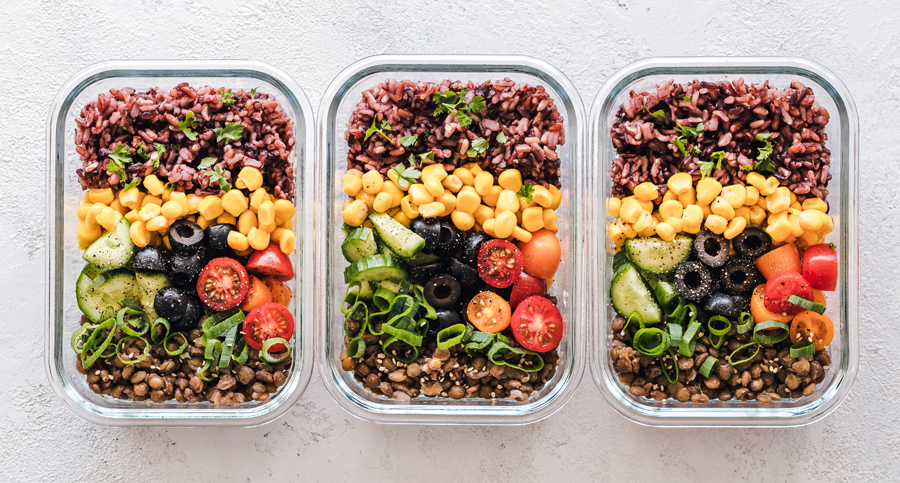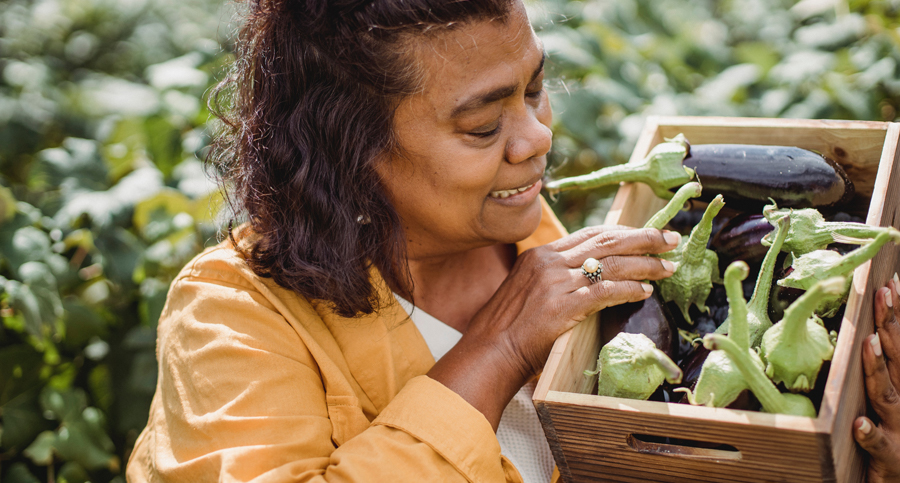In a 2020 Globescan report, 60% of participants labelled climate change as a top concern, but were stumped on what to do. The same report suggests that people are likely to alter aspects of their life and do their bit for the environment if they find easier options to achieve that. Here’s how restaurants can help. Restaurant sustainability bridges the gap between customers’ actions and climate action. Making your restaurant sustainable gives your customers a chance to be a part of the climate action movement. To get your restaurant operating in line with the United Nation’s Sustainable Development Goals (SDG) 13, follow these tips:
1. Encourage the Bring Your Own Container (BYOC) Movement

Takeaway food is often packed in aluminium, Styrofoam, or plastic containers. With the BYOC movement, customers can significantly reduce their single-use container consumption levels by bringing their own reusable containers. According to a study on the environmental impacts of takeaway food containers, the European Union alone uses over two billion takeaway containers per year, and recycling those could save 61,700 tonnes of CO2 equivalent emissions every year, which is equivalent to the emissions of 55,000 light-duty vehicles. By encouraging BYOC in your restaurant, you will bring yourself as well as your customers one step closer to reducing our carbon footprint.
2. Up Your Vegan Menu Game

Putting vegan options on the menu allows customers to choose a more sustainable lifestyle. In a 2020 study conducted by Nature Sustainability, a global food production shift to a plant-based diet by 2050 can assist in limiting the global temperature to 1.5 °C. So, why not join the movement? Vegan diets contribute to less dependence on animal production. According to the Food and Agriculture Organization, global livestock contributes to 14.5% of all human-made greenhouse gases (GHGs). By investing in more vegan menu options, your restaurant will not only broaden its appeal to more customers, it will be more environmentally sustainable, too!
3. Support Local Produce

Buying local produce not only gets your business involved in the community but also helps the environment by reducing food miles. Local buying reduces dependency on carbon-intensive long supply chains, thus reducing fuel consumption and air pollution. It also reduces the reliance on shipping, packing, and refrigeration facilities. In fact, sustainable gastronomy is the key to reducing our carbon footprint. Partnering up with farmers is an amazing way to join the local produce movement. So take climate action into your own hands, by buying local produce.
4. Reduce Restaurant Food Waste

One-third of the world’s produced food gets wasted. The food that goes to landfills produces methane, which is much more efficient than CO2 in trapping radiation. According to the World Wide Fund for Nature, about 11% of the total GHG emissions from the food system could be reduced by eliminating food waste. Limiting food waste is a great way to fight climate change for you and your customers. Instead of throwing away leftover food, why not donate it? Check-in with your local soup kitchens and charities which give food to those in need. Also, clearly labelling the bins and keeping track of what goes into the recycling bin helps avoid rubbish and recyclable mix-ups from happening.
5. Spread the News

Get other businesses and restaurants to get on board with your cause! By committing to SDG 13, getting others to join your sustainable mission carries a bigger impact on GHG reduction.
Also, inform your customers about your sustainable restaurant practices. Educating the community about the SDGs and sustainable living not only benefits your restaurant but helps others live a sustainable lifestyle.
So, what are you waiting for? Join the movement for restaurant sustainability today with these five tips! Even better – join our THRIVE tribe! Thrive values partnerships with businesses that are committed to being sustainable, so why not sign up today?
References
Alejandro Gallego-Schmid, Joan Manuel F. Mendoza, Adisa Azapagic. 2018. Environmental impacts of takeaway food containers. Available at: https://www.sciencedirect.com/science/article/pii/S0959652618336230?via%3Dihub
Food and Agriculture Organisation of the United Nations. N.A. Key Facts and Findings. Available at: http://www.fao.org/news/story/en/item/197623/icode/
Globescan. 2020. Study Finds People Want to Make Healthy and Sustainable Living Choices but Do Not Know Where to Start. Available at: https://globescan.com/people-want-healthy-sustainable-living-choices-2020/
Hayek, M., Harwatt H., Ripple, W. and Mueller, N. 2021. The Carbon Opportunity Cost of Animal-Sourced Food Production on Land. Available at: https://doi.org/10.1038/s41893-020-00603-4
WWF Australia. 2019. Plastic Waste and Climate Change – What’s the Connection? Available at: https://www.wwf.org.au/news/blogs/plastic-waste-and-climate-change-whats-the-connection#gs.s6uc4b
WWF. N.A. Fight Climate Change by Preventing Food Waste. Available at: https://www.worldwildlife.org/stories/fight-climate-change-by-preventing-food-waste























